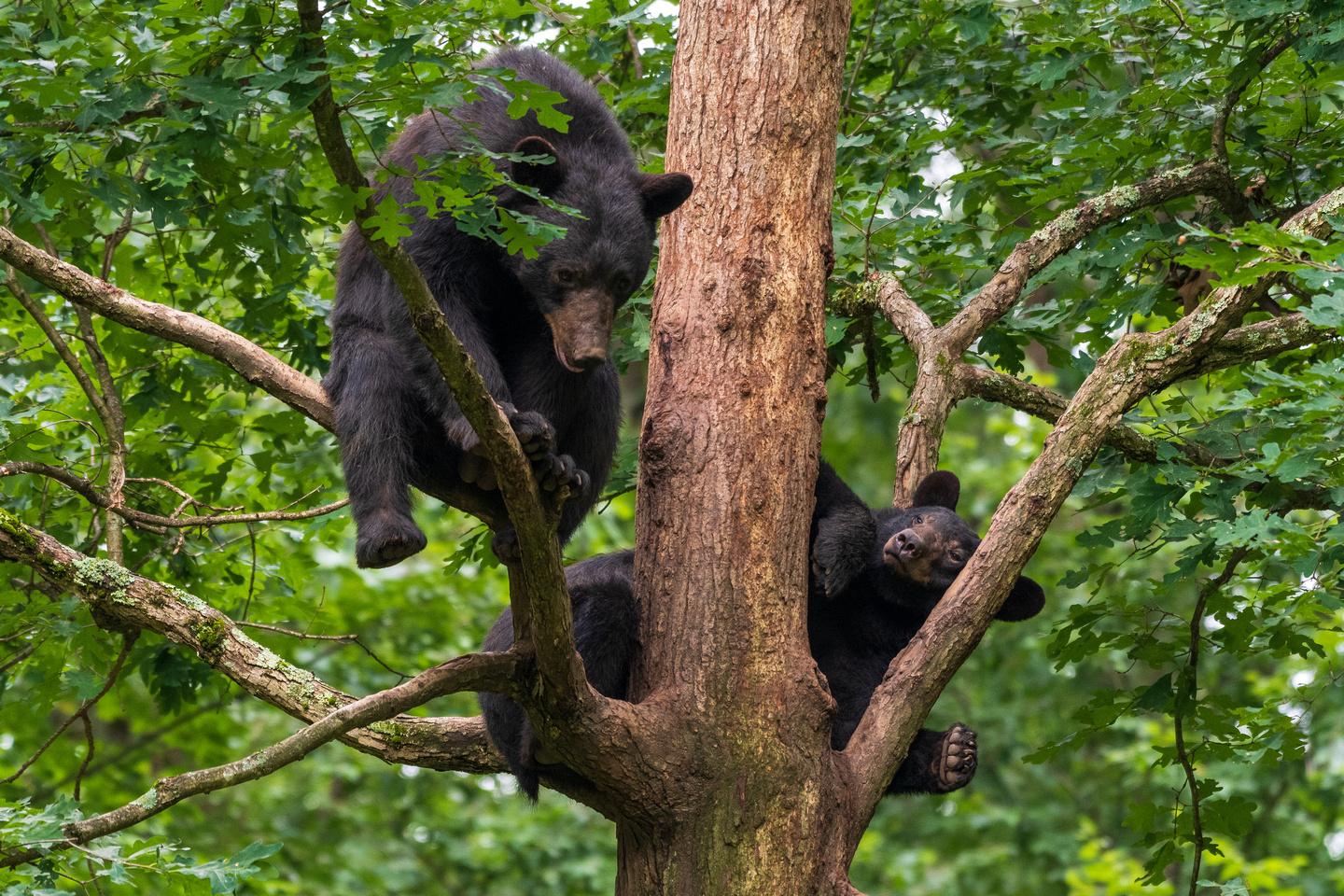So, spring’s here and we’re all stuck inside. Life will get back to normal for us humans eventually, but it’s business as usual for the animal kingdom. As wildlife emerges from hibernation or returns after spending the winter in a warmer area, here’s a few critters you can expect to see in your backyard or in the woods near your house.
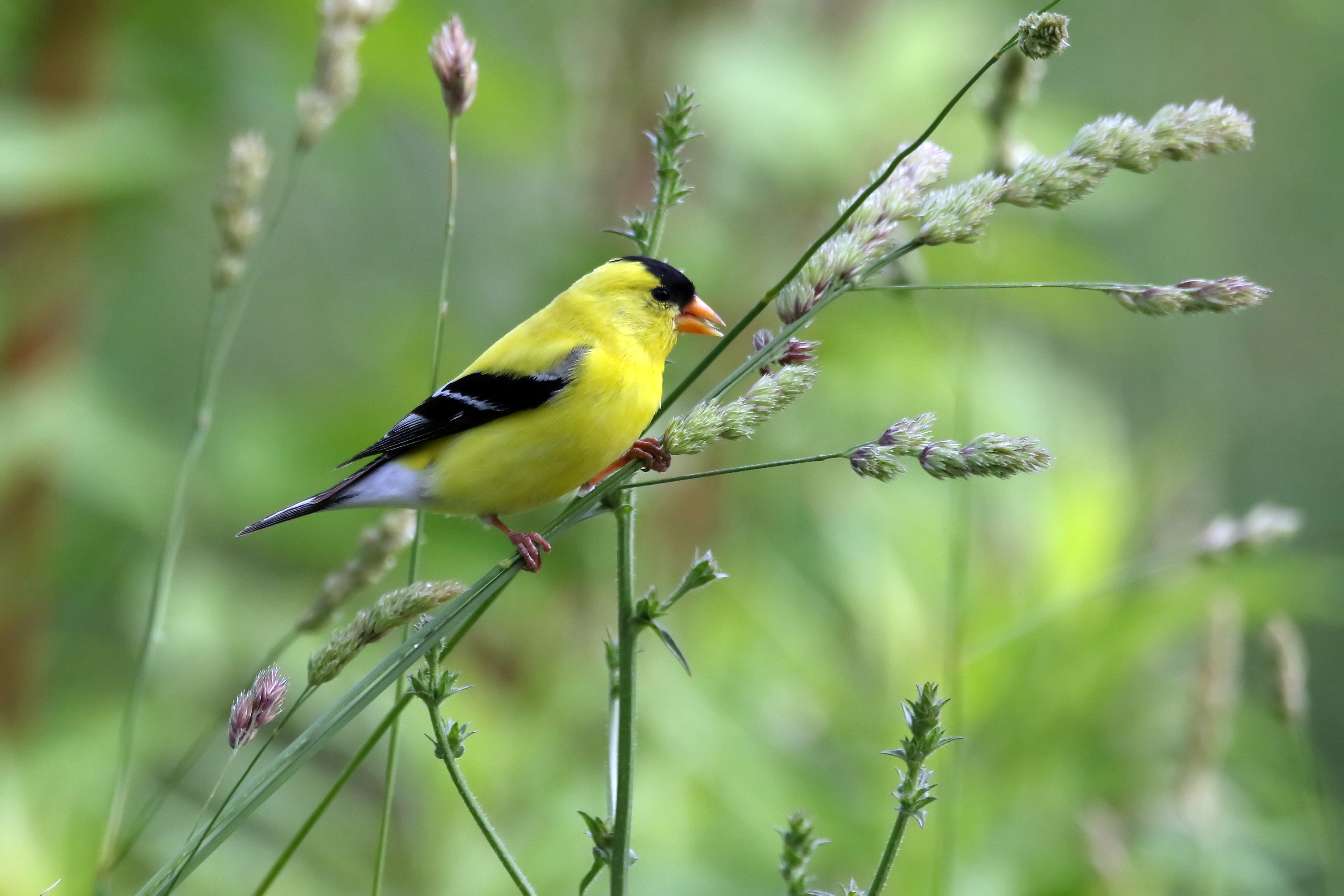
Neotropical birds
Each spring, flocks of migrating birds fill the skies above West Virginia’s mountain ranges and river valleys. Many are returning from their winter ranges in Mexico, the Caribbean and Central and South America, while some are just passing though as they continue migrating north.
As the coming weeks pass by, you’ll likely see and hear neotropical birds, such as warblers, thrushes, vireos, swallows, tanagers, flycatchers, grosbeaks and sandpipers. These beautiful birds are a joy to watch. You can increase your chances of seeing them if you set up nest boxes around your house.
Click here to learn everything you need to know about bird watching in West Virginia.
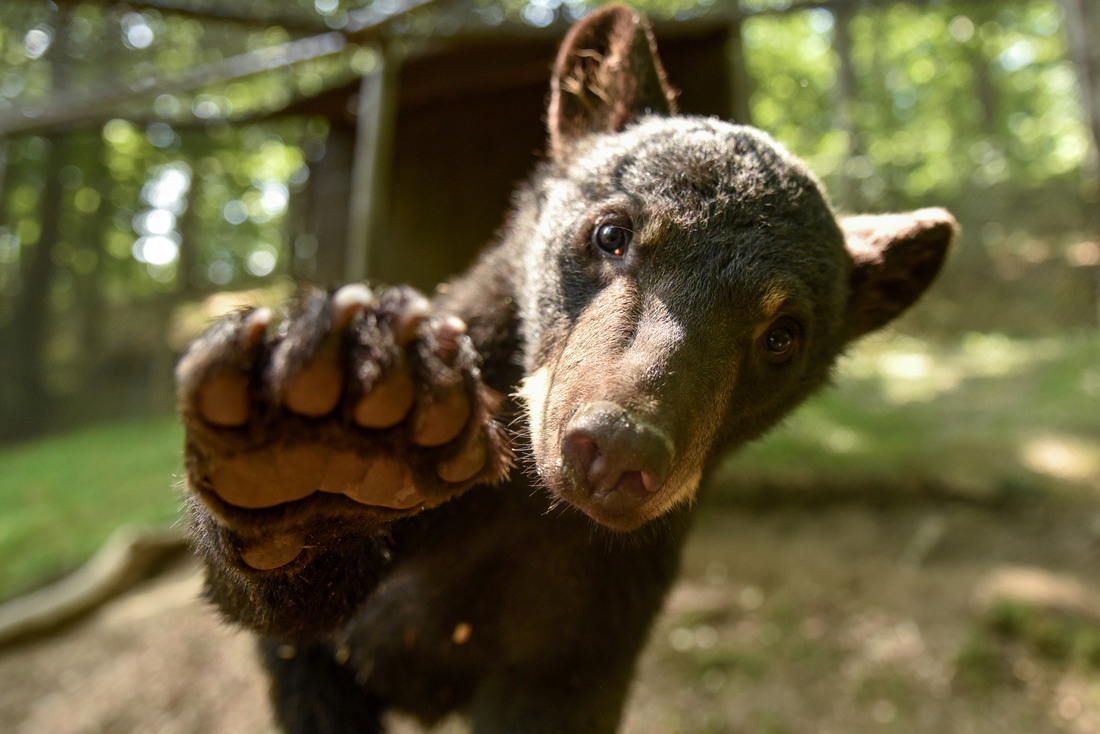
Bears
By now, you should know that bears aren’t true hibernators. While they do spend most of the winter sleeping, they never enter true hibernation, which requires an animal to depress its metabolic rate, body temperature and breathing. Still, bears and their cubs emerge from their dens in the early spring. And they are hungry!
As bears look for food, it’s not uncommon to see them venturing into residential areas. But no matter what you do, don’t feed a bear. Make sure your property is free of food scraps, bird feeders and anything else that might attract these curious mammals. Bears that are intentionally or unintentionally fed become accustomed to being around people and are more likely to cause property damage or injure a person.
Click here to learn the BearWise basics.
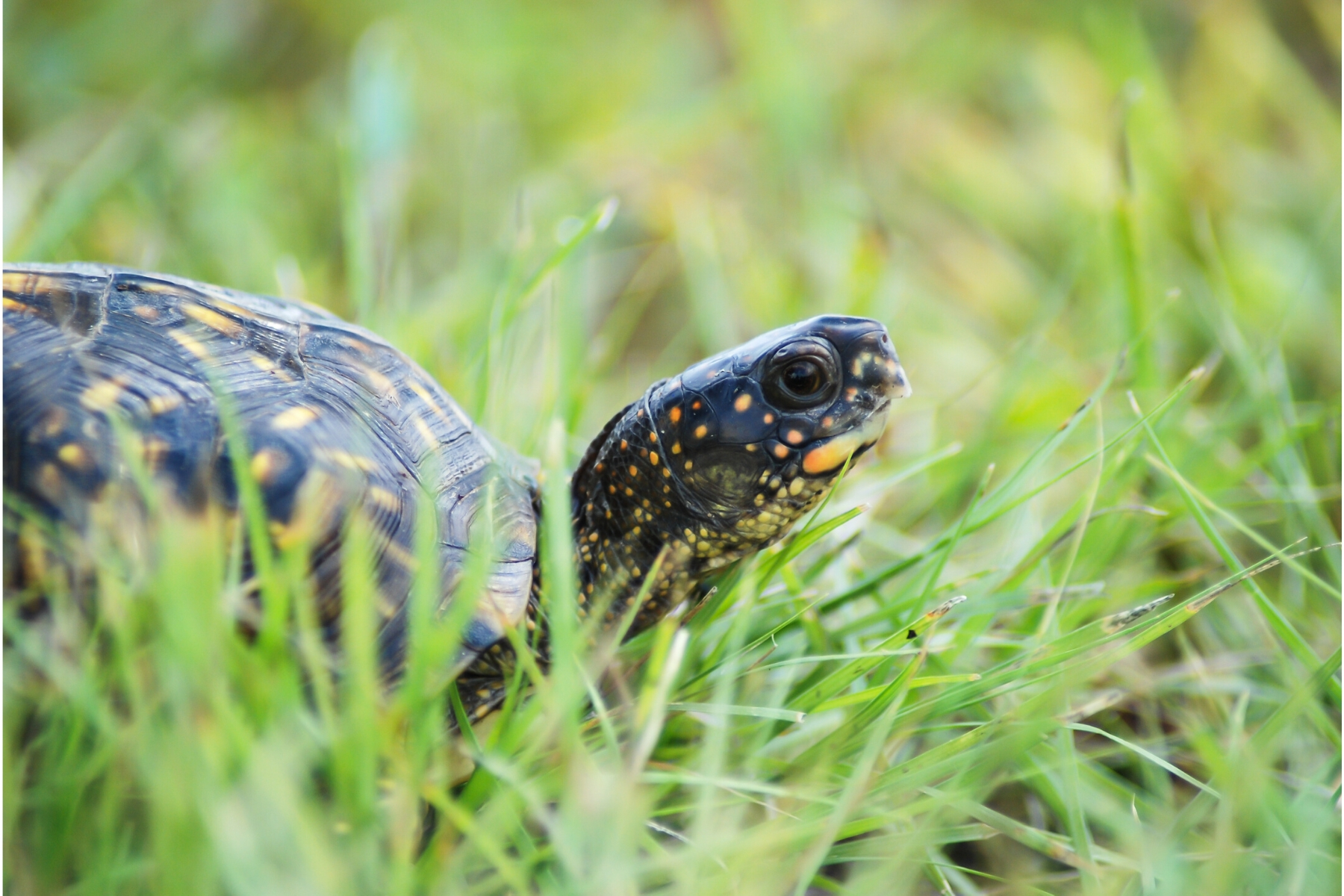
Turtles
Many different species of turtle call the Mountain State home, but the most familiar and possibly most beloved is none other than the eastern box turtle. There’s a good chance you’ve seen one in your backyard or in the woods.
And the emergence of turtles couldn’t have come at a better time. We’ve launched a citizen science project to track eastern box turtles by reporting your sightings around your home, on the road or along hiking trails.
Click here to learn how you can participate in our box turtle survey.
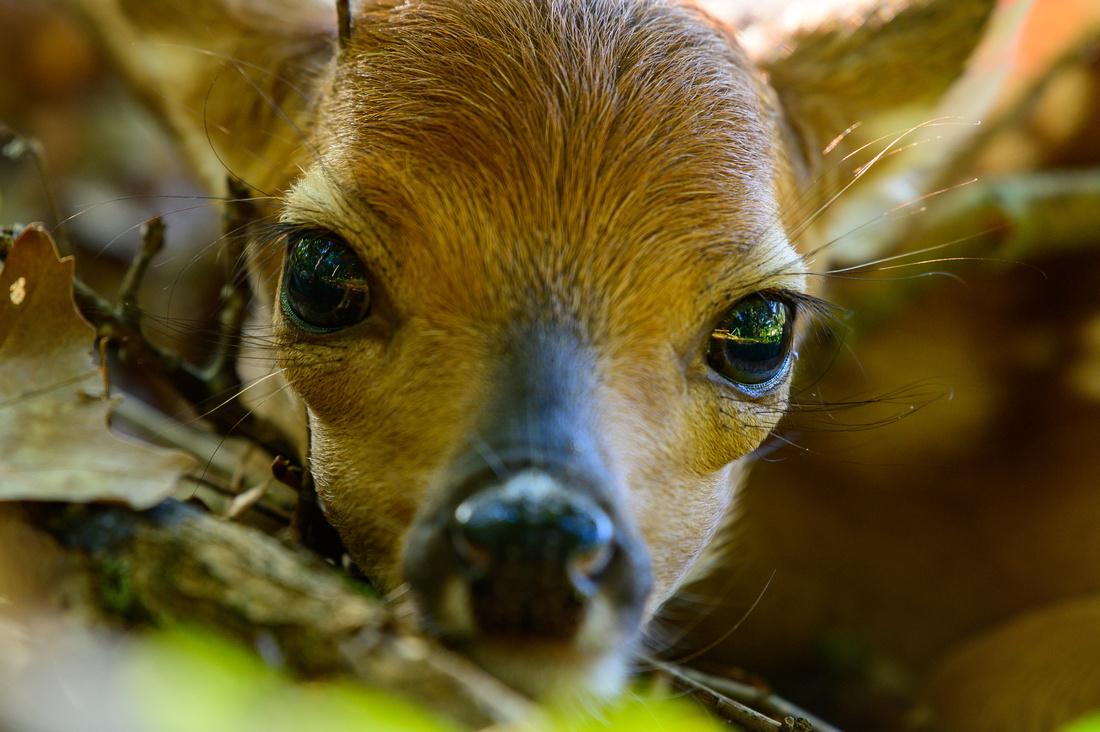
Deer
Deer are one of the most abundant mammals in West Virginia and spring is when fawns are usually born. So the chances of you seeing one this spring are really good.
Deer are often skittish and will run away if you come near them. But many people come across fawns in the woods. If you come across a bedded fawn with no mother in sight, don’t disturb it. Mother deer often leave their young as they forage for food. This separation is a survival tactic and can last for several hours.
In the vast majority of these cases, the animal isn’t in danger until they are picked up. Sadly, removal of a young animal from its natural environment will almost certainly lead to the death of that animal.
Keep a safe distance
This time of year provides plenty of opportunities to observe fawns, bear cubs and all kinds of wildlife in your backyard or in the woods. But make sure you keep a safe distance because touching or disturbing these animals in any way can harm you and the animal.
By handling wild animals, humans leave behind a scent that may attract a predator. It also can expose humans to parasites, such as ticks, fleas and lice. Zoonotic diseases, such as lyme disease and rabies, are even more dangerous because they can be transmitted from animals to humans.
It’s best to enjoy West Virginia’s wildlife from a distance, whether you’re observing from your backyard or exploring the woods near your home.
Help us keep wildlife wild.




